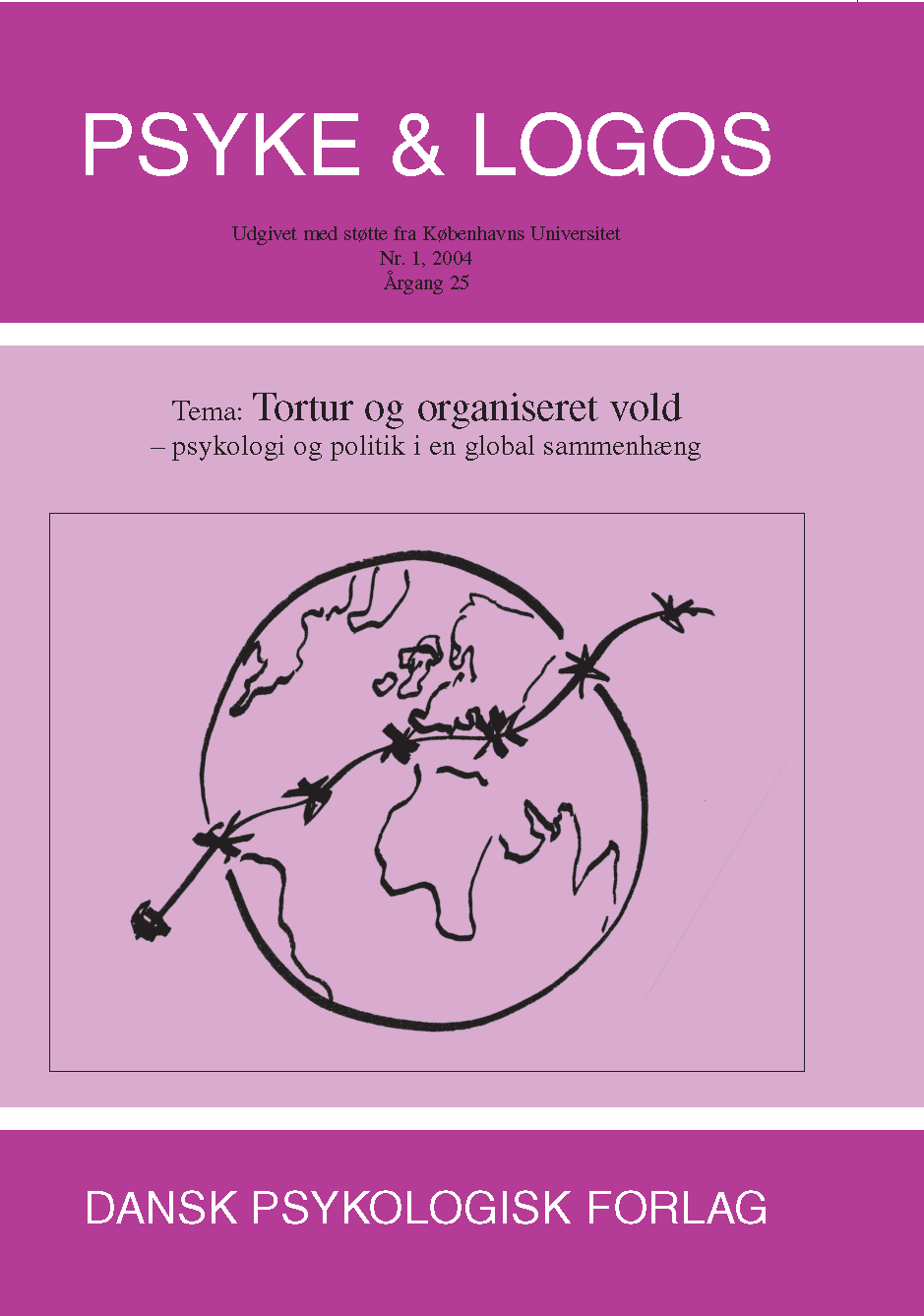CHRONIC PAIN IN SURVIVORS OF TORTURE – Psyche or Soma?
DOI:
https://doi.org/10.7146/pl.v25i1.8663Nøgleord:
Torture, Organized violence, Chronic painResumé
Persistent pain related to the musculo-skeletal system is the most frequent reported physical complaint in survivors of torture. In spite of a long-standing tradition of multidisciplinary rehabilitation, however, there is no consensus on how chronic pain and pain-related disability are best addressed within this clinical practice. Are pain problems in torture survivors to be viewed as a somatic problem and intensively investigated and managed as such, or assumed to be the presentation/concomitant of psychological disturbance such as depression, anxiety, posttraumatic stress disorder, or other trauma-related problem?
The current paper is intended as an overview of chronic pain in torture survivors viewed from the perspectives offered by the interactive and multivariate theoretical models of pain. According to these models pain should be viewed not as the result of either solely physical or solely psychological causes, but rather as a set of bio-physiological, psychosocial and behavioural factors contributing to the total experience of pain. Consequently, appropriate assessment of chronic pain requires assessment of more than just the direct components of pain. Given the complexity inherent in the construct of subjective pain, there is a need to obtain a diversity of assessment information that must then be integrated to understand the individuals’ pain and to contribute to treatment decision-making. Overemphasising the importance of psychological aspects, however, may result in insufficient somatic pain diagnoses and reduced treatment efficacy.
Basic knowledge of the physiology of pain is therefore a prerequisite when assessing, diagnosing, and managing individuals suffering from chronic pain conditions. A brief introduction to the physiology of pain has therefore been enclosed in this paper, focusing on chronic, persistent pain and the pain signalling system under abnormal conditions. Possible pain generating mechanisms in chronic post-torture pain are highlighted and how to use clinical information and an understanding of pain classification to identify these mechanisms. Clinically, a failure to appreciate the intricacies of the relation and co-occurrence of trauma-related problems and chronic pain carries a risk of poor clinical decision-making, selection for treatment, and design of therapeutic intervention. It is advocated that chronic post-torture pain should be viewed from the perspectives offered by the interactive and multivariate models of pain and stress, and that knowledge-based clinical guidelines for the assessment and interdisciplinary management emphasising biomedical, behavioural, and cognitive aspects of chronic pain and pain-associated disability in torture survivors should be developed based on these models.
Downloads
Publiceret
Citation/Eksport
Nummer
Sektion
Licens
Ophavsret er tidsskriftets og forfatternes. Det er gældende praksis, at artikler publiceret i Psyke & Logos, som efterfølgende oversættes til andet sprog, af forfatteren frit kan publiceres i internationale tidsskrifter, dog således at det ved reference fremgår, at den oversatte artikel har et forlæg i en dansksproget version i Psyke & Logos. Artikler kan frit deles og linkes til på forsknings- og undervisningsnetværk (så som Blackboard). Link foretrækkes, fordi det giver oplysning om brug af tidsskriftets artikler.




